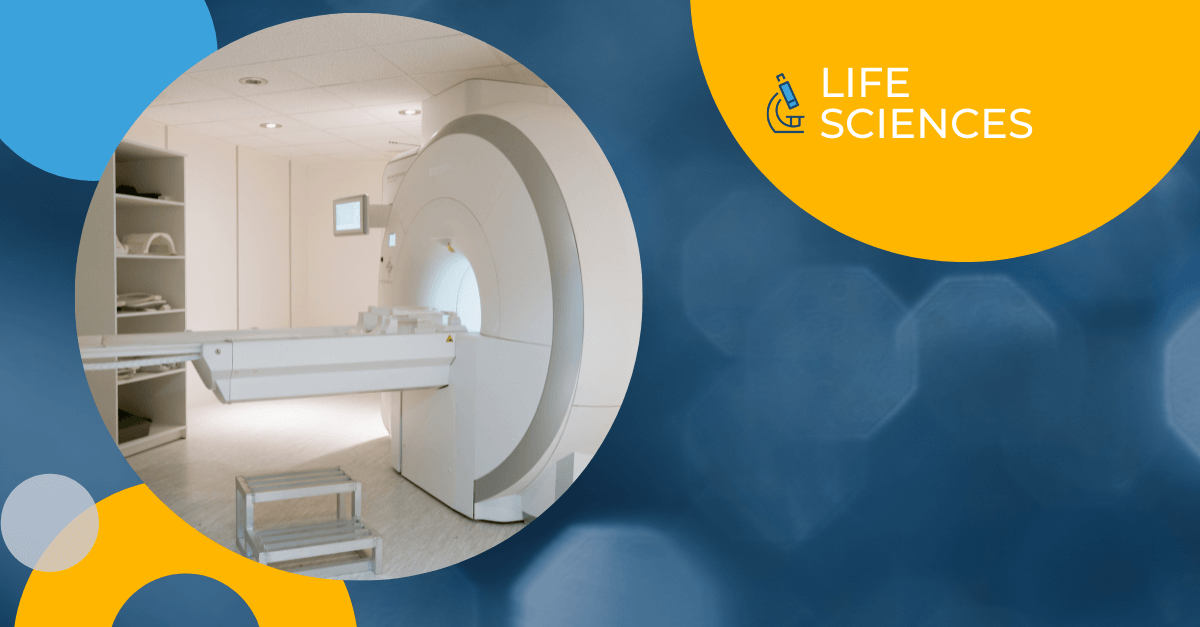If you’re a medical device manufacturer with plans to distribute your products abroad, you need to be prepared to meet many different labeling requirements around the globe. Failure to do so can mean that your product is denied entry to a new market, or it can even cause dire, adverse consequences for your end-users. This means translating medical device labeling will need to be one of your top concerns.
Translating medical device labeling is either an absolute requirement to sell your product in a specific region or a critical step in minimizing risk and liability. Given the nature of the content, medical translations shouldn’t be done by just anyone. These documents are highly technical and require scientific knowledge and expertise that even most gifted translators don’t possess.
Translating labels requires a unique specialization and an experienced language services provider (LSP) in the subject matter and specific therapeutic area. There is zero tolerance for errors because they can present a potential patient hazard. It is imperative to take great care when writing, translating, and to submit translated medical device labels or other localized medical documentation.
Bringing a medical device to market is difficult enough without the added regulatory hurdles requiring translation. Labeling is a multi-stage process that involves translation, revision, and quality checks from an independent resource. Working with an LSP is the only way to ensure that you meet all the necessary regulatory requirements, translate into the appropriate languages, and provide high-quality, consistent translations.
Labels and instructions must be translated into dozens of languages and that can present a significant medical translation expense for life sciences companies. To help you get the most out of your translation process, we have created helpful best practices to ensure your translation is error-free to facilitate help with bringing your medical device to market.
Download our new eBook to learn about:
- Types of Labeling
- Implementing Best Practices
- Benefits of using an LSP & What to Look for In an LSP
The international medical industry is highly regulated. It is best to ensure all documentation is prepared for governing bodies worldwide, such as FDA, EMA, CFDA, SFDA, and the PMDA, so work with an LSP, like Morningside, specializing in medical translation.
Implementing an international labeling strategy is crucial to the successful testing, launch, and commercialization of any medical product. Our complimentary eBook’s rules and best practices help facilitate a comprehensive compliance process to bring your product to market while mitigating risk and supporting expedited approval.
The patient hazard associated with labeling medical devices demands a strong emphasis on translation accuracy and quality. The details matter, and mistakes can be costly. Please do not go to market without reading our eBook first.
For more information on medical document translation and to plan your international label strategy, contact us.
About Us
At Morningside, we’ve been providing high-quality medical translation services for over 20 years, and we have obtained all three of the critical ISO certifications described above. Our quality assurance process includes many layers of controls, including editing and proofing with built-in redundancies.




